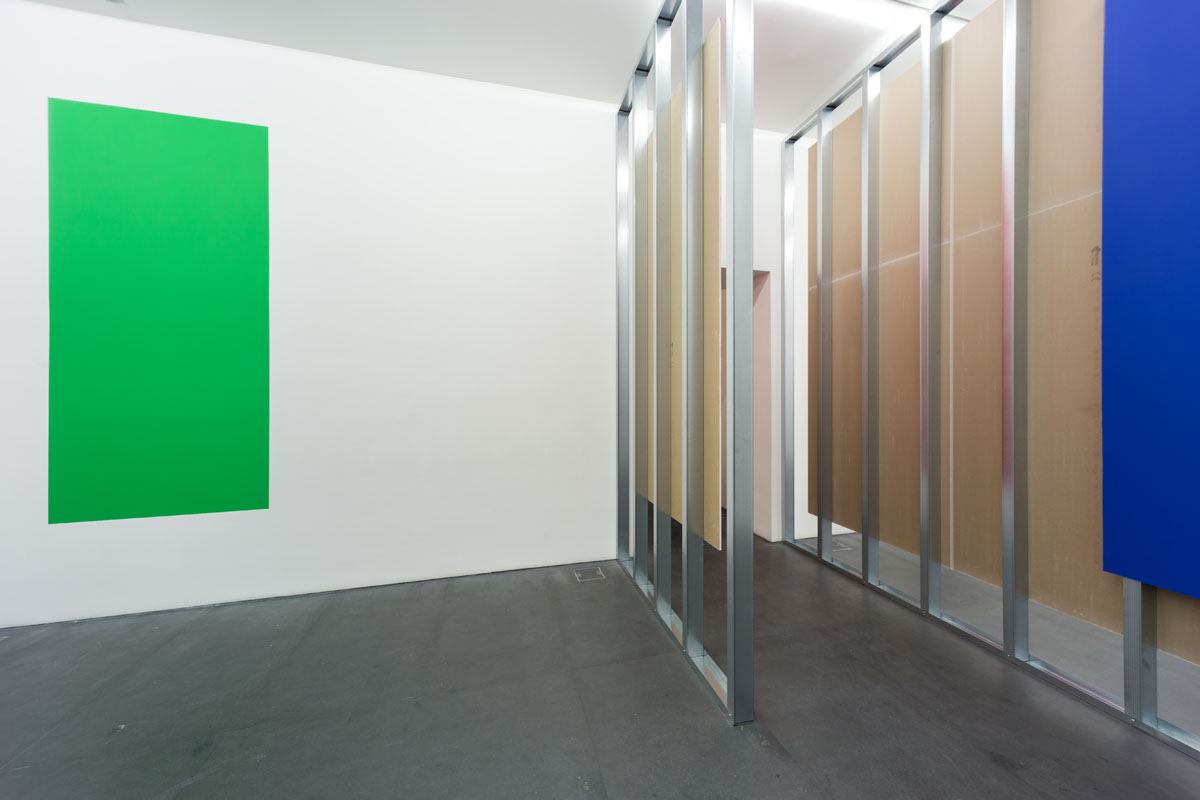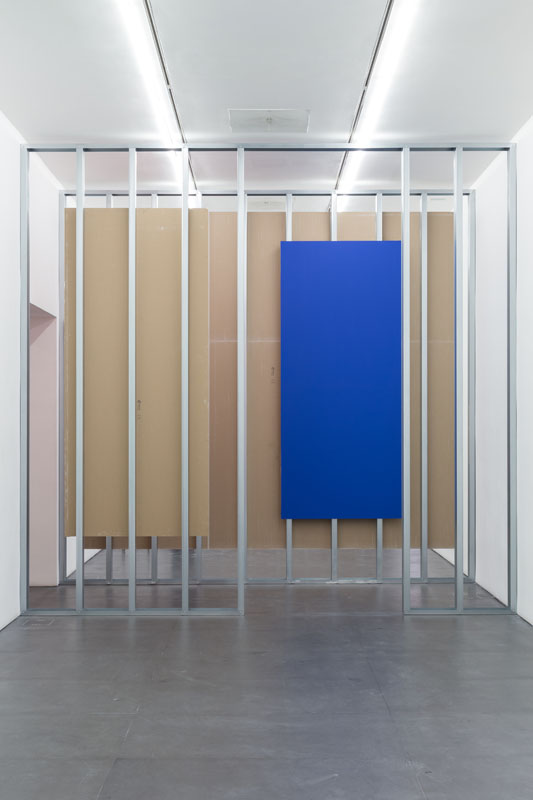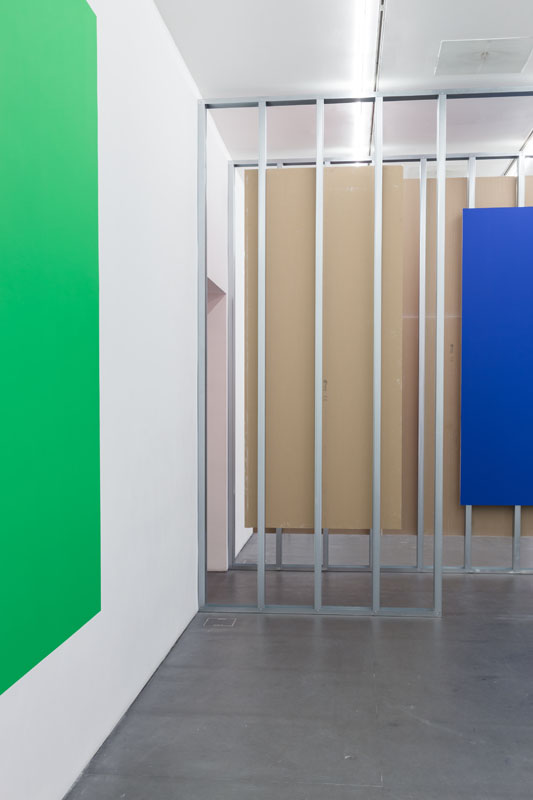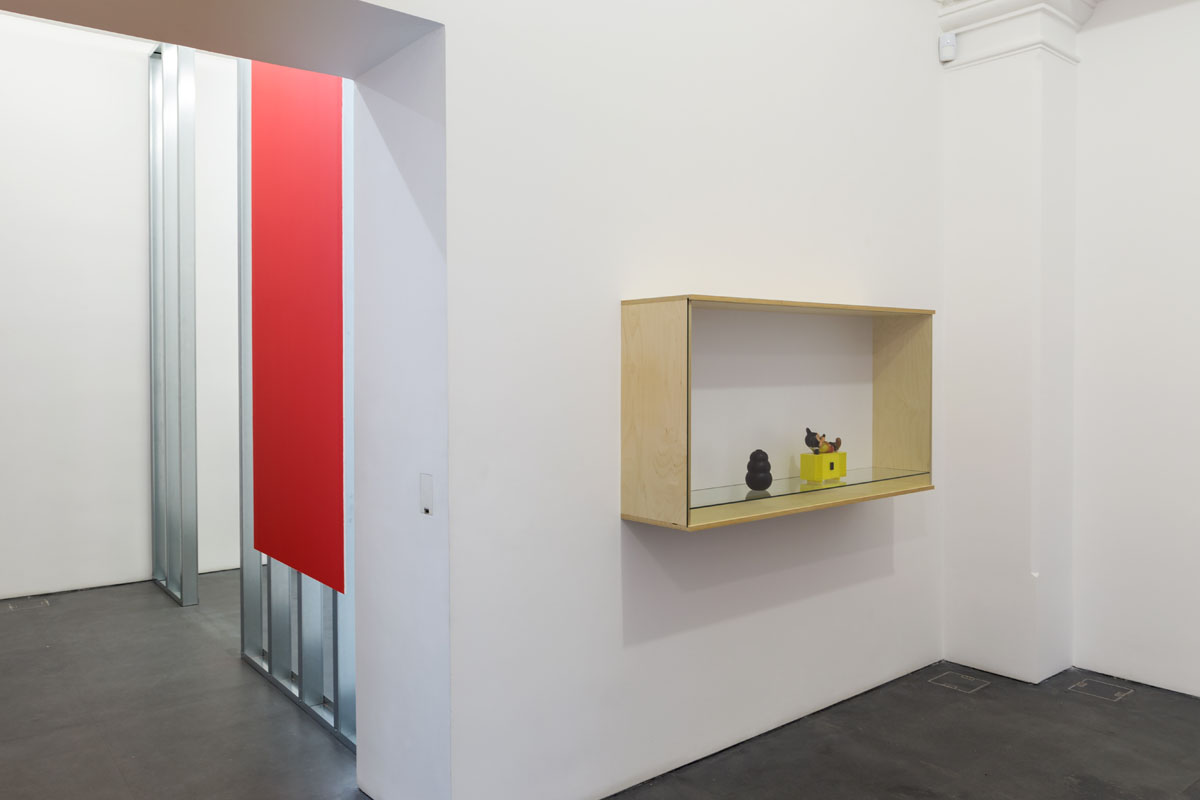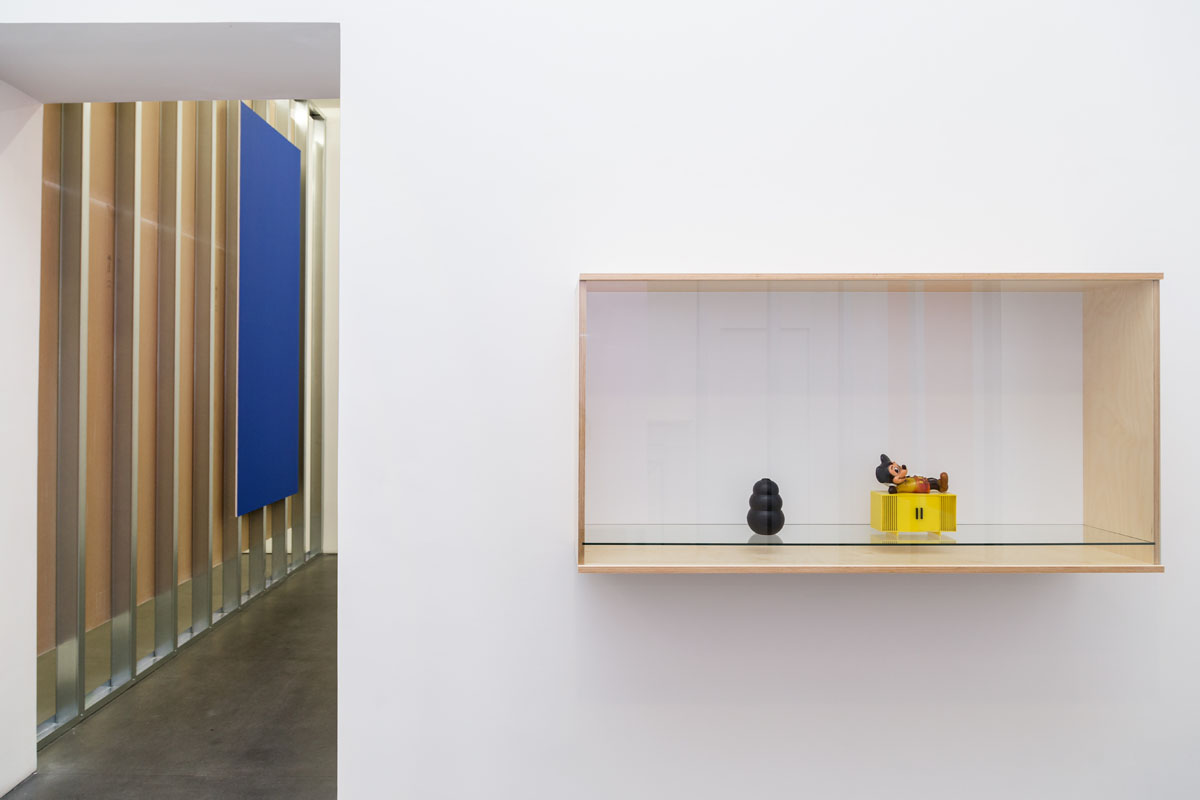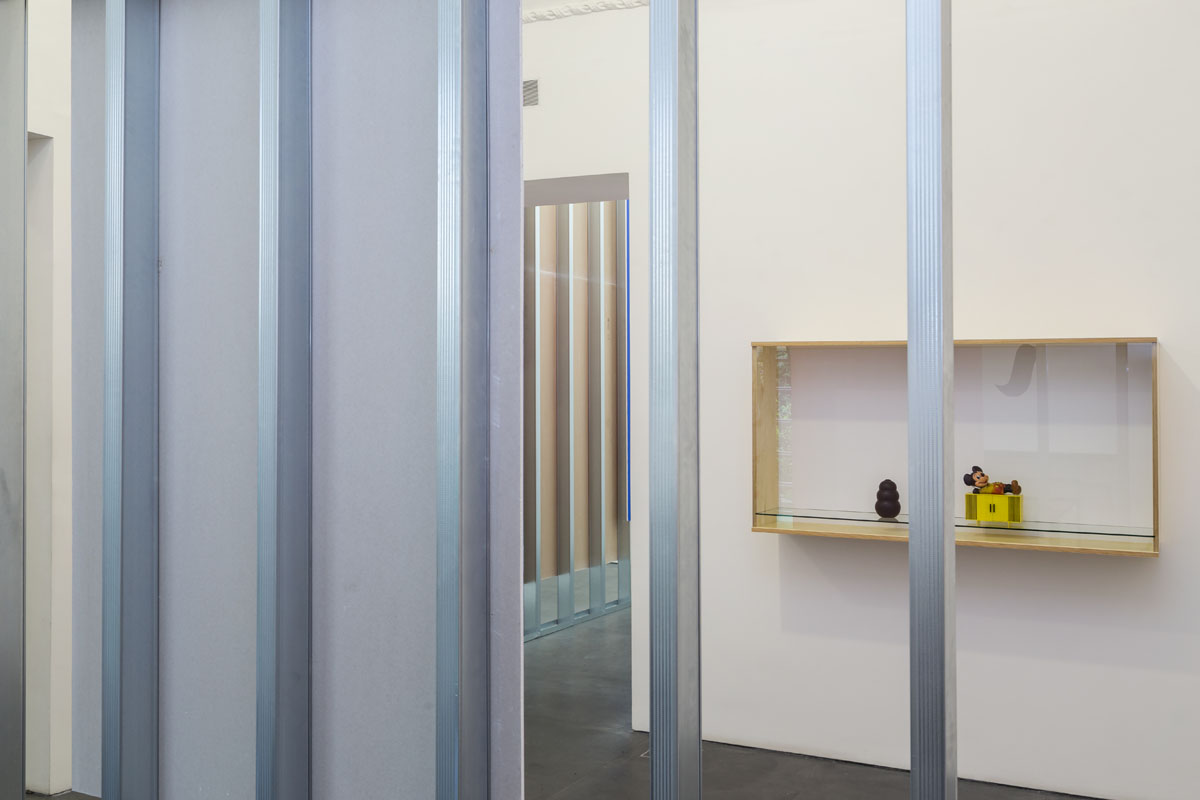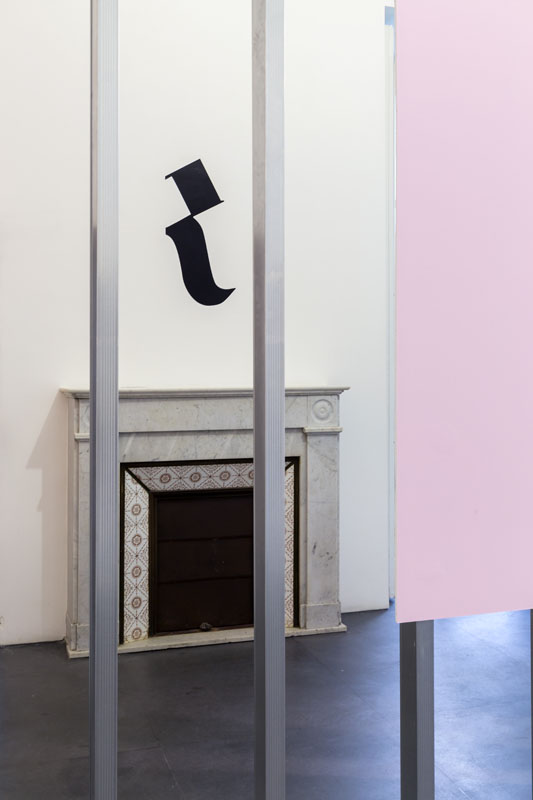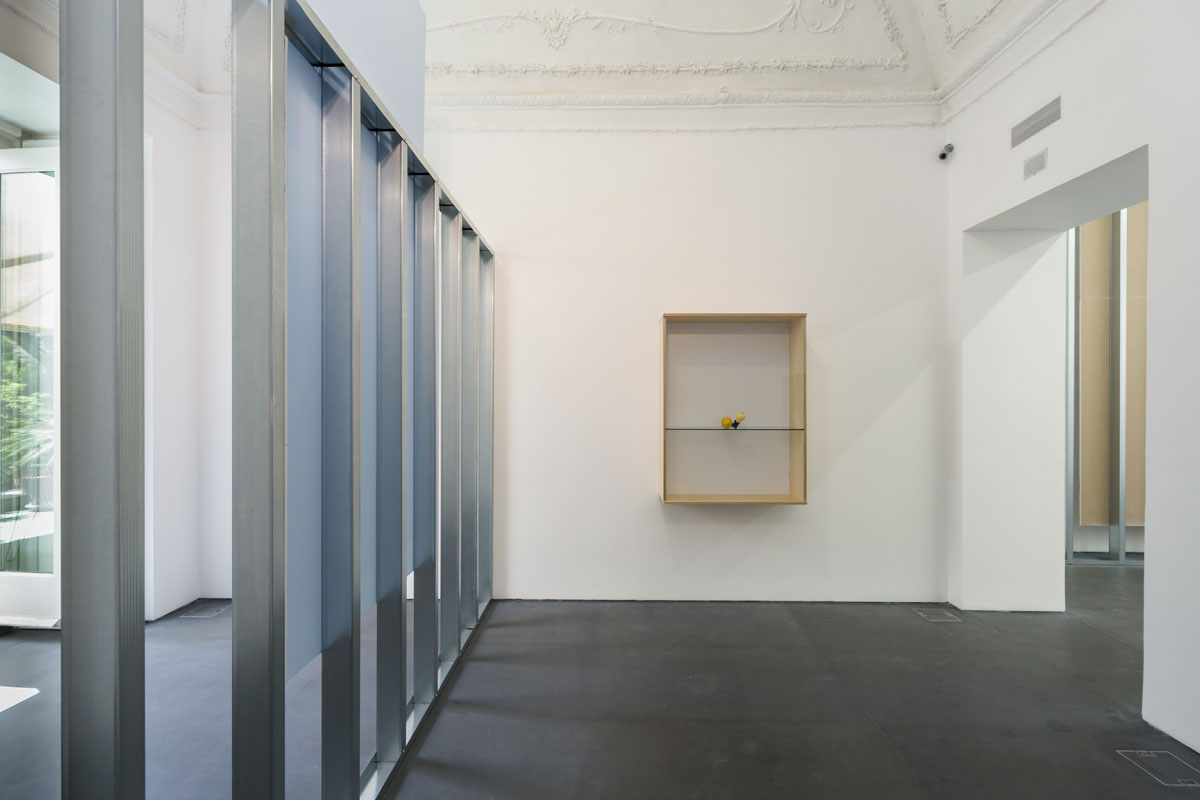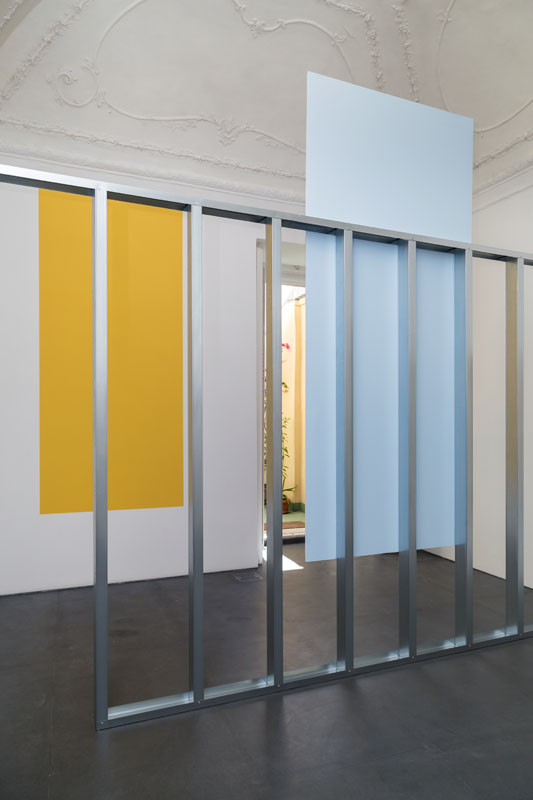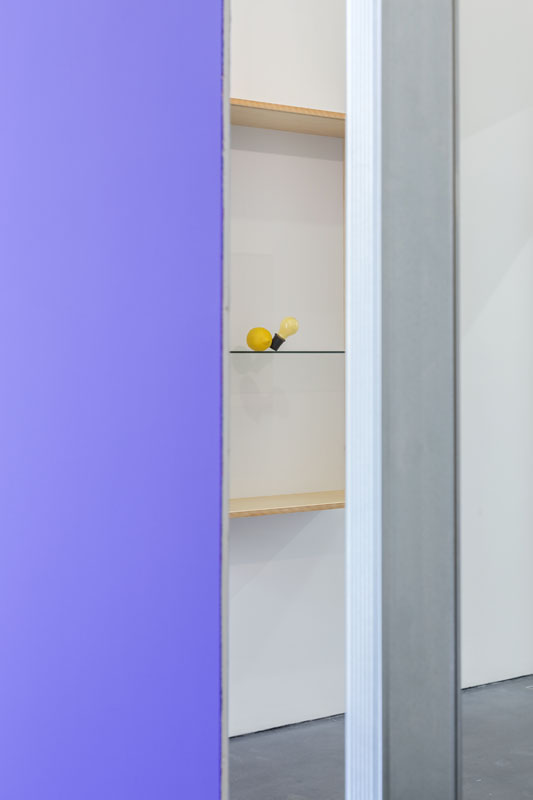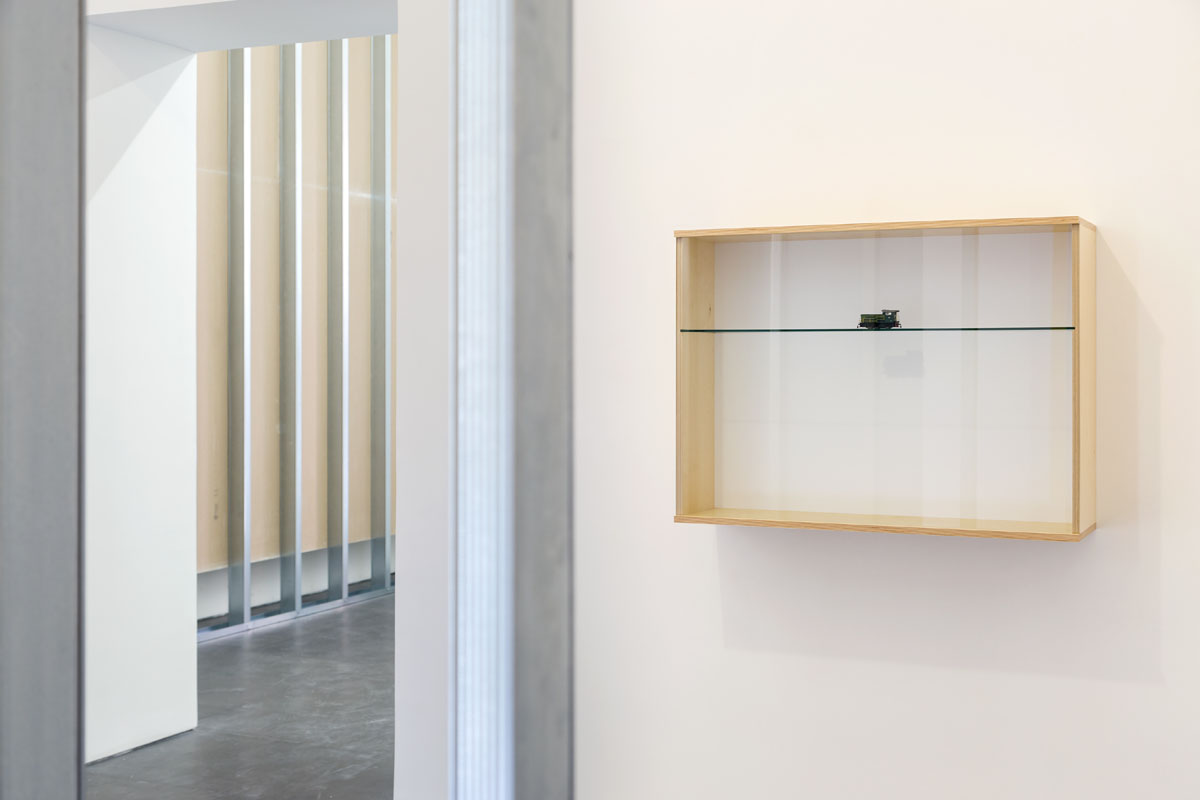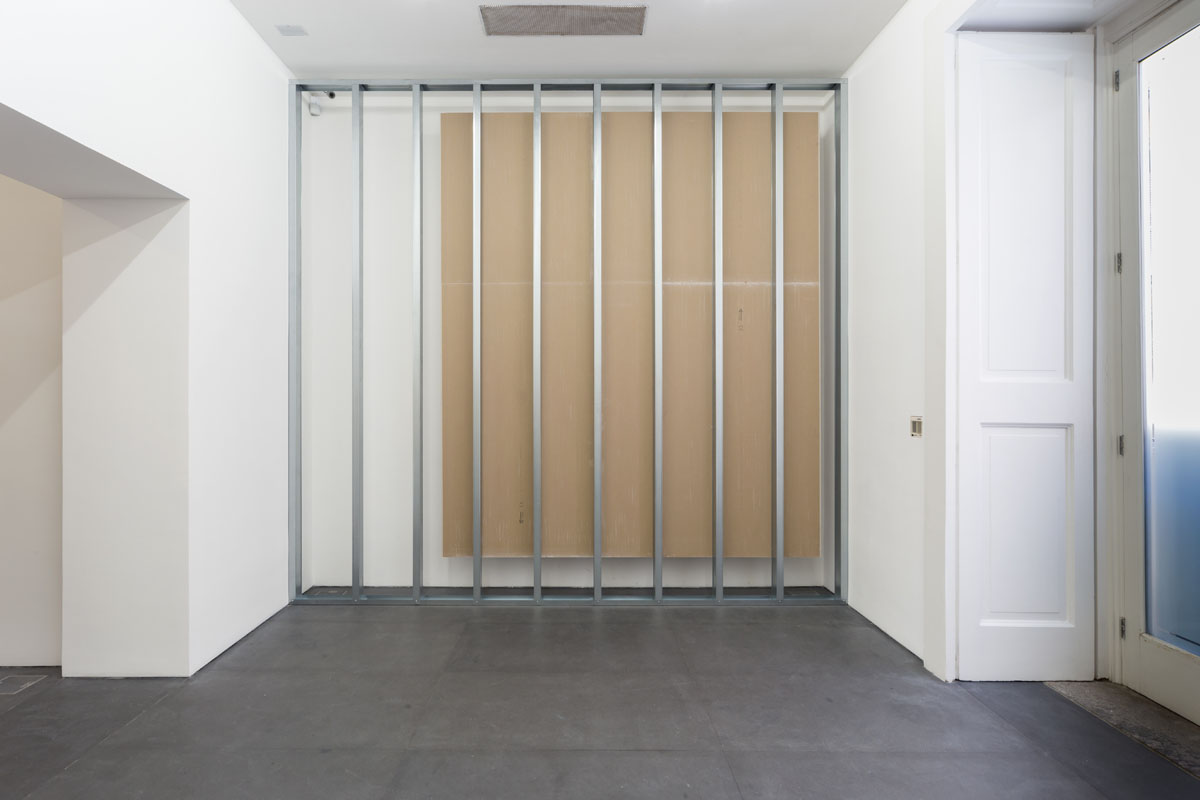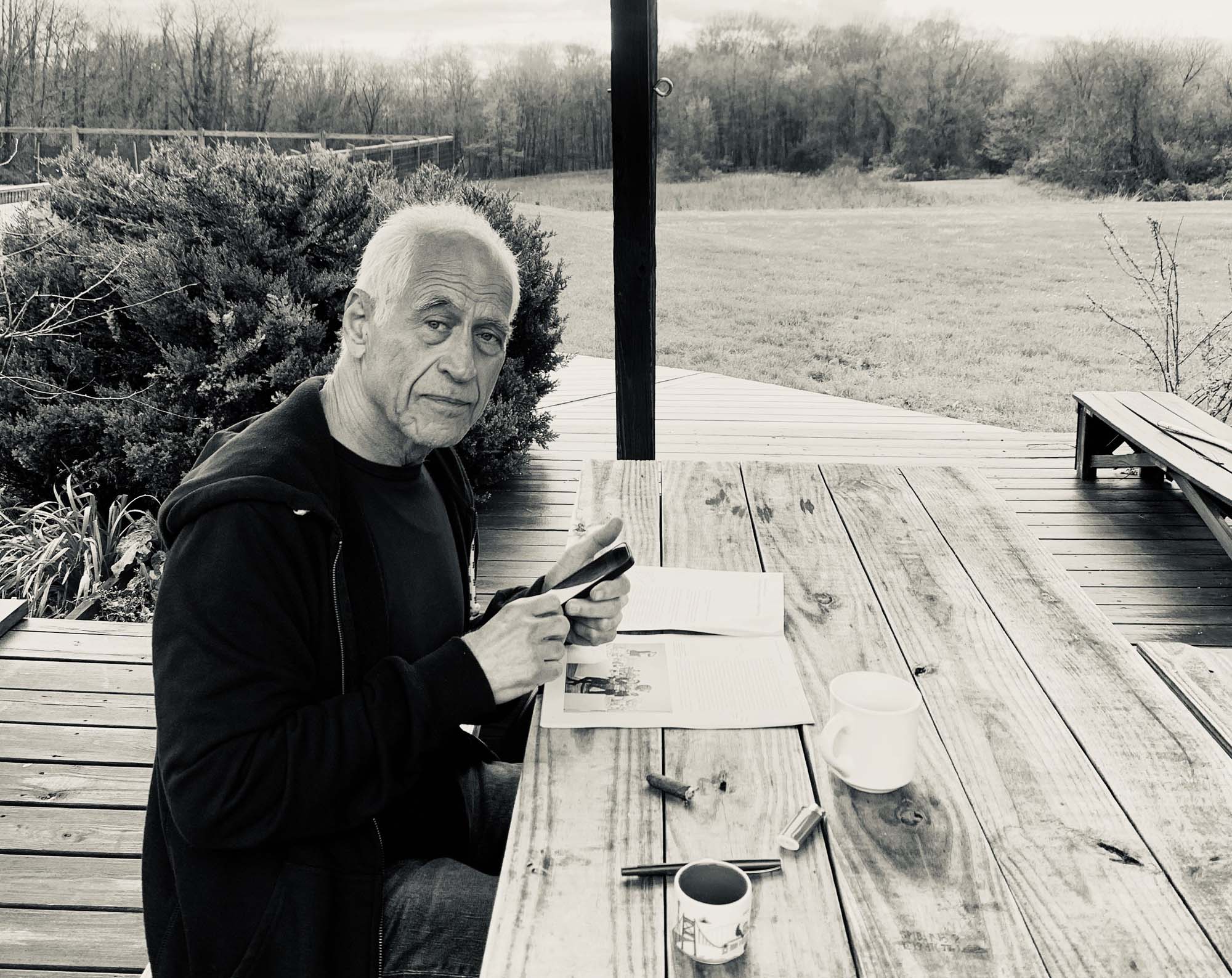Galleria Lia Rumma is pleased to announce lemon yellow, a solo exhibition of Haim Steinbach, which will open on 25 May 2017 in the Naples gallery.
Since the late 1970s Haim Steinbach’s art has been centered around the selection and arrangement of objects.
Above all, everyday objects have been his focus. To bring them to light, Steinbach has conceived of framing devices; structures for presentation. Ranging from the natural to the ordinary, the artistic to the ethnographic, Steinbach explores the psychological, aesthetic, cultural and ritualistic aspects of objects and their contexts. Through his particular mode of presentation, he gives form to artworks that underscore the identity contained within objects and the meanings created through their interactions. In the process, Steinbach has redefined the status of the object in art.
In the early seventies, Steinbach developed a reductive form of painting consisting of arrangements of rectangles or coloured bars based on the grid. They were considered as units of measurement that marked space and time. Like the keys of the piano or bricks that may be stacked, these ‘objects’ lent themselves to play.
By the end of the seventies, these ideas led to a series of works titled “Display”. In the display, the wall, the shelf, and the object were activated as reflexive indicators of social, cultural, and political everyday life. Both functional and aesthetic objects have become key elements in Steinbach’s artistic practice: “It is reflecting the displayed being displayed, display is presentation,” says the artist. “It is the consciousness of being present and participating in rituals of communication, in dressing, selecting, arranging, and placing of things.”
With lemon yellow, Steinbach returns to Naples, and the gallery that put on his first solo exhibition in Europe in 1987.
The focus is now on the mutability of meanings available within an object as it pertains to colour and form. In particular, the ways in which architecture is object regardless of shape, form, colour or scale. Like architecture, an object occupies space like the interior or exterior of a volume.
Employing standard building materials like metal studs and coloured plaster boards, Steinbach renders walls throughout the space. As these units engage with the gallery interior, permanent walls, windows, and ceiling, another set of objects define and are defined by the interiors of autonomous boxes designed by the artist. Here the exchange of object and space is extended to a collaboration between the artist and collectors. Each collector was asked to select an object of significance evoking an idea or sensation of colour. These objects – a notary public’s seal, a locomotive, Joseph Beuys’s work Capri Battery, and Mickey Mouse – are presented along side a work with an object selected by the artist, - a caterpillar - and have been placed in boxes like showcases hung on the wall. Together they become a manifestation of the shared social ritual of collecting and exhibiting.
By reconfiguring space in this way, Steinbach asks us to reorient our relationship to a built environment usually overlooked. Here, architecture advances into the foreground, reminding us that it is made up of culturally resonant materials and surfaces.

